In February, Tokyo is generally in the middle of winter. This is a precious time of year when, in addition to various events, ume (plum) blossoms begin to bloom, reminding us of the arrival of spring despite the cold weather.
Below is some general information about the characteristics and weather in Tokyo in February.
To learn more about Tokyo in winter, check here!
Capture your memories in Tokyo! Click here to book your private photoshoot experience.
Tokyo in February
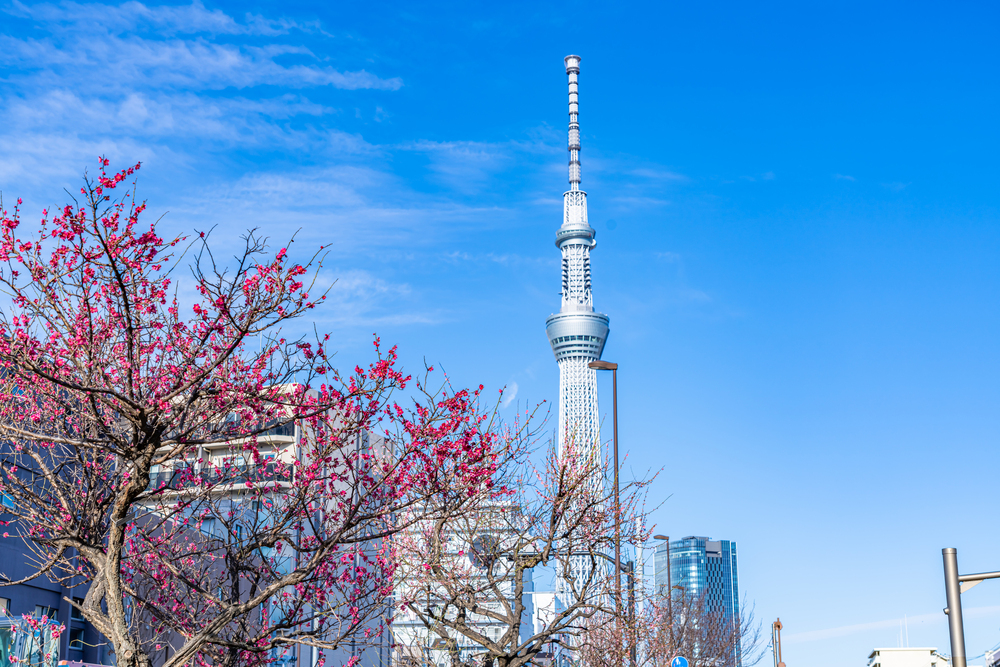
Weather
February is one of the coldest months of the Japanese winter. The lowest temperatures in Tokyo average about 2-5°C and the highest temperatures range from about 10-12°C. Snowfall is possible, but it is rare for snow to accumulate in Tokyo, and if it does, it melts quickly or the road surfaces freeze. On windy or cloudy days, the temperature can feel even lower.
Events
A variety of events are held in Tokyo in February. In particular, Setsubun and plum blossom viewing are major events during this time of year. Setsubun is the traditional event of throwing beans at ogres to drive away evil spirits, and can be enjoyed with family and friends. Ume blossoms viewing is also a time when early-blooming plum trees begin to bloom in several parks and gardens in Tokyo, providing visitors with a scene that signals the end of winter and the arrival of spring.
Travel
February is a good time to visit Tokyo because the number of tourists is relatively small. Visitors can enjoy sightseeing at major tourist attractions and popular spots at a leisurely pace, avoiding the crowds. Also, some places offer special winter illuminations at this time of year, so a nighttime stroll is recommended.
February Fashion
Fashion in Tokyo in February focuses on protection against the cold winter weather. Thick coats, down jackets, sweaters, scarves, and gloves are generally worn. In addition, since many indoor areas are heated, layered styles that are easy to put on and take off are useful. In case of snow or rain, strong waterproof shoes are recommended for feet.
On February 3, let’s go to Setsubun-e(節分会) at temples and shrines.
Setsubun-e refers to events and ceremonies held at temples and shrines on February 3, the day of Setsubun. Various events are held to pray for good health and safety in the home during the year.
The most typical Setsubun event is the “Mamemaki” (bean-throwing). In the bean-throwing ceremony, participants throw beans (mostly soybeans) to invite in good fortune and drive out evil spirits and demons. It is believed that by chanting “Fuku wa uchi, oni wa soto” while throwing the beans, one invites good fortune into one’s home and drives away evil spirits. People of all ages, from children to adults, can participate and enjoy this event!
The bean-throwing event is very crowded and everyone gets so absorbed in the beans being thrown that you may step or fall on your feet. It is recommended to wear sneakers!
*Some contents may be subject to change or cancellation. Please check the official website for the latest information and details.
Senso-ji Temple(浅草寺)
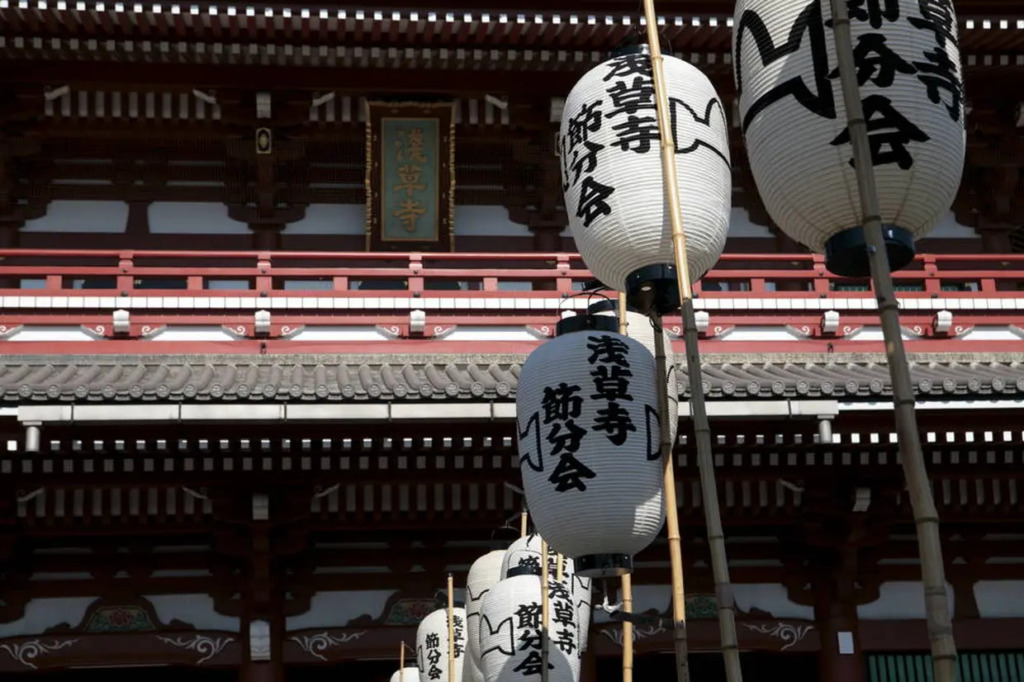
It is said that Sensoji Temple was the first temple in Edo to hold a large-scale Setsubun event. In addition to bean-throwing, Setsubun-kai at Senso-ji Temple includes a dedication performance of “Fukuju-no-mai (dance of the seven gods of good fortune),” one of the three major temple dances at Senso-ji, and bean-throwing by Japanese entertainers associated with Asakusa.
Ikegami Honmon-ji Temple(池上本門寺)
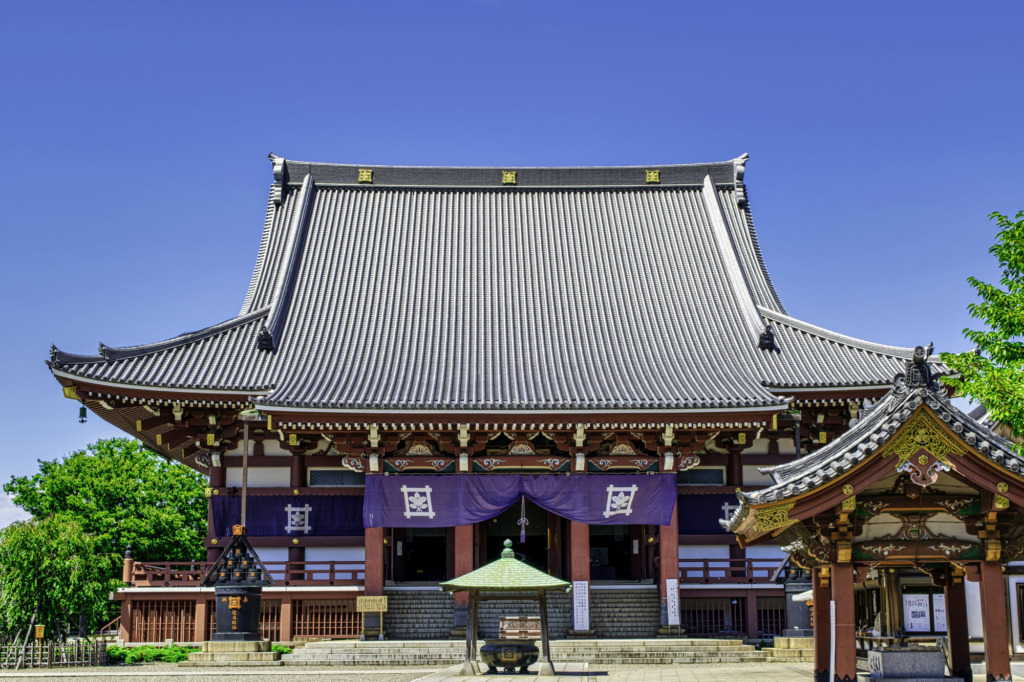
It is a popular spot that attracts over 10,000 people every year. Famous Japanese entertainers and athletes perform the bean-throwing ceremony. The bean-throwing ceremony is held in a grand scale, with a total of about 1 ton of beans and a specially set-up stage of about 50 meters.
Zojoji(増上寺)
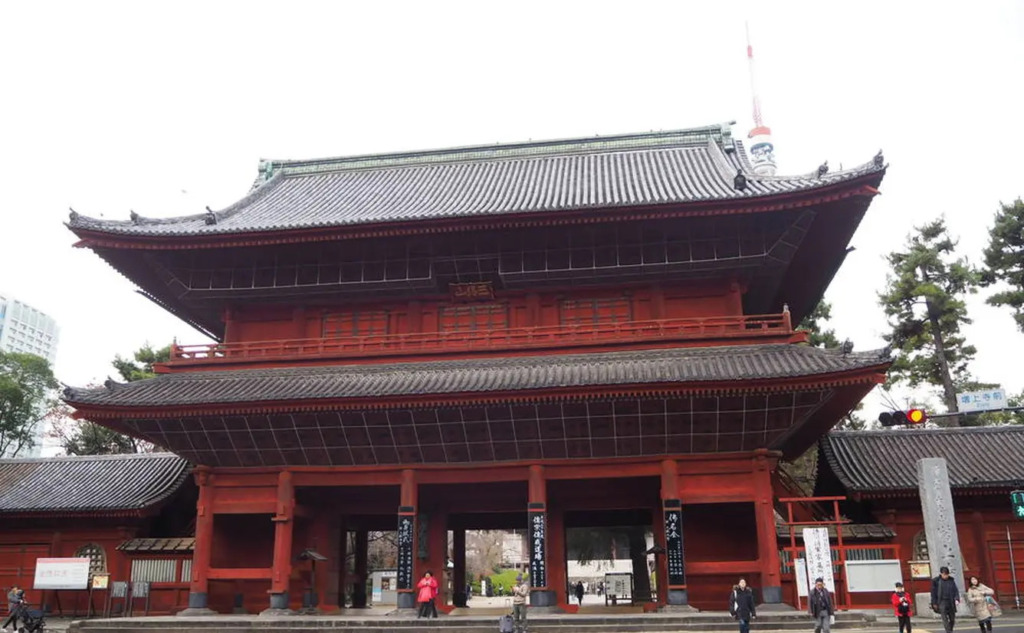
At Zojoji Temple, located in view of Tokyo Tower, a variety of items are scattered, including rice cakes, bagged sweets, candy, body warmers, gloves, and even socks, in addition to beans packed in small bags. If you are lucky, you can even get a restaurant meal ticket or hotel room voucher. Please come and visit us to get your “good luck”!
A spot where you can see beautiful plum blossoms.
One of the most popular Japanese traditions from the end of winter to the beginning of spring is the viewing of ume (plum) blossoms. Ume blossoms are so popular that “ume (plum) festivals” are held in various parts of Japan to herald the arrival of spring in the midst of the cold weather. Here are some places in Tokyo where you can enjoy this uniquely Japanese scenery.
*Some contents may be subject to change or cancellation. Please check the official website for the latest information and details.
Yushima Tenmangu Shrine (Yushima Tenjin) (湯島天満宮(湯島天神) )
Yushima Tenjin has been selected as one of the “100 Best Plum View in New Tokyo” for its plum blossoms. The Bunkyo Ume Festival is held every year from early February to early March. The blooming of about 300 ume trees is reputed to be beautiful. Various events are held on Saturdays, Sundays, and holidays during the festival period, so you can enjoy the lively atmosphere.
Hanegi Park(羽根木公園)
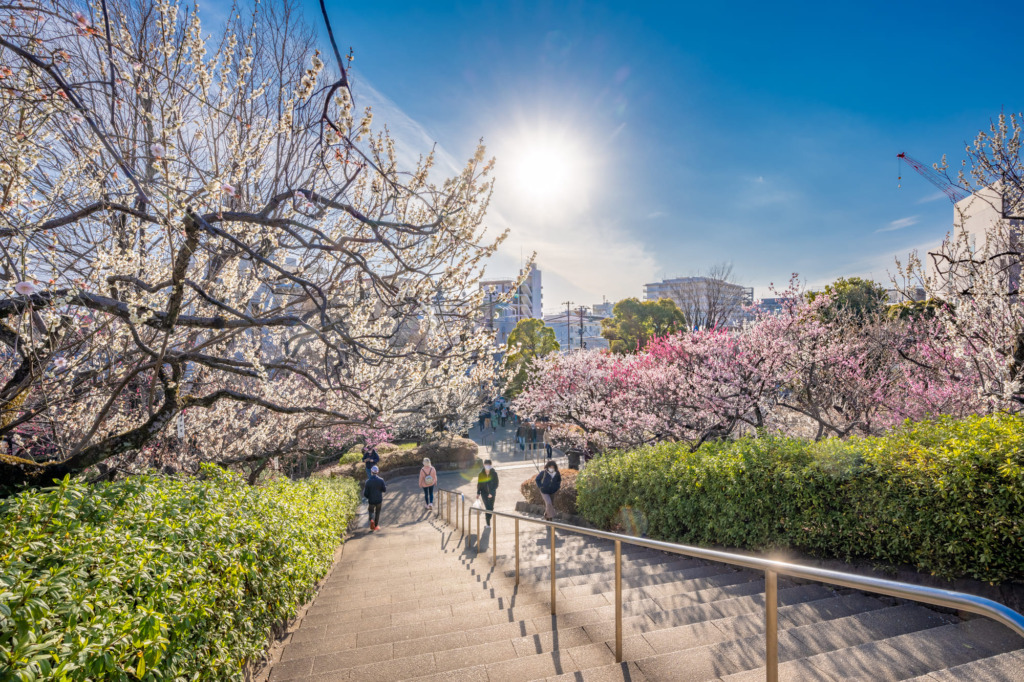
The Setagaya Ume Festival is held every year from early February to early March in Hanegi Park. It is one of the best plum viewing spots in Tokyo, with a total of 650 plum trees (270 red plum trees and 380 white plum trees) in full bloom. Also, when the weather is fine and the air is clear, it is worth visiting for the view of Mt! In the souvenir store, you can purchase ume jam, ume kelp tea, and other ume-related products.
Shinjuku Gyoen(新宿御苑)
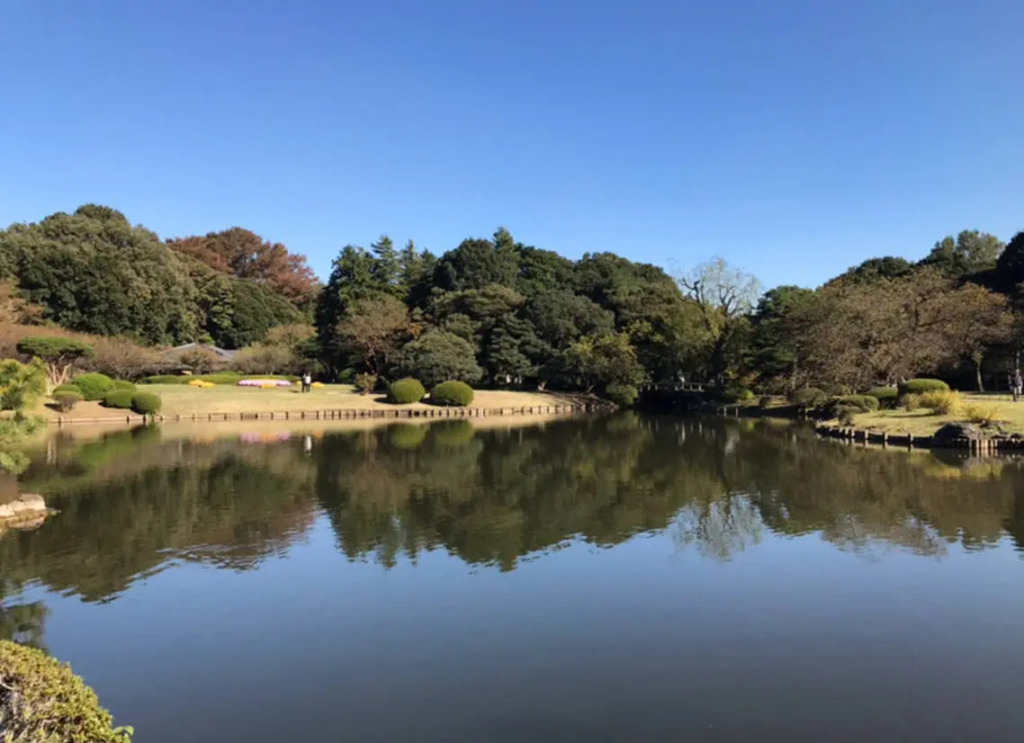
Red and white plum trees are planted throughout the grounds of Shinjuku Gyoen. The best time to view them is usually from mid-February to mid-March. Shinjuku Gyoen is a spot that makes you forget the hustle and bustle of the city, so why not take a break from shopping and relax?
Enjoy illumination
Marunouchi Illumination
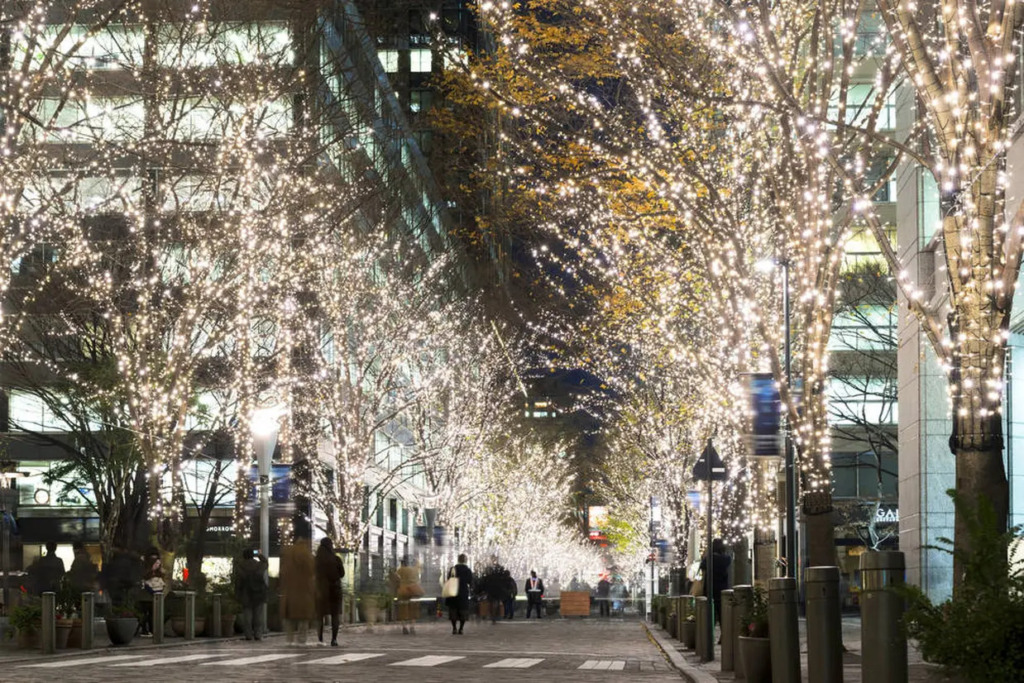
This is a wintertime tradition that decorates the Marunouchi area of Tokyo. Centered on the 1.2-km main street, more than 360 street trees in the Marunouchi area will be elegantly illuminated with champagne gold-colored LED lights.
Tokyo Dome City Winter Illumination
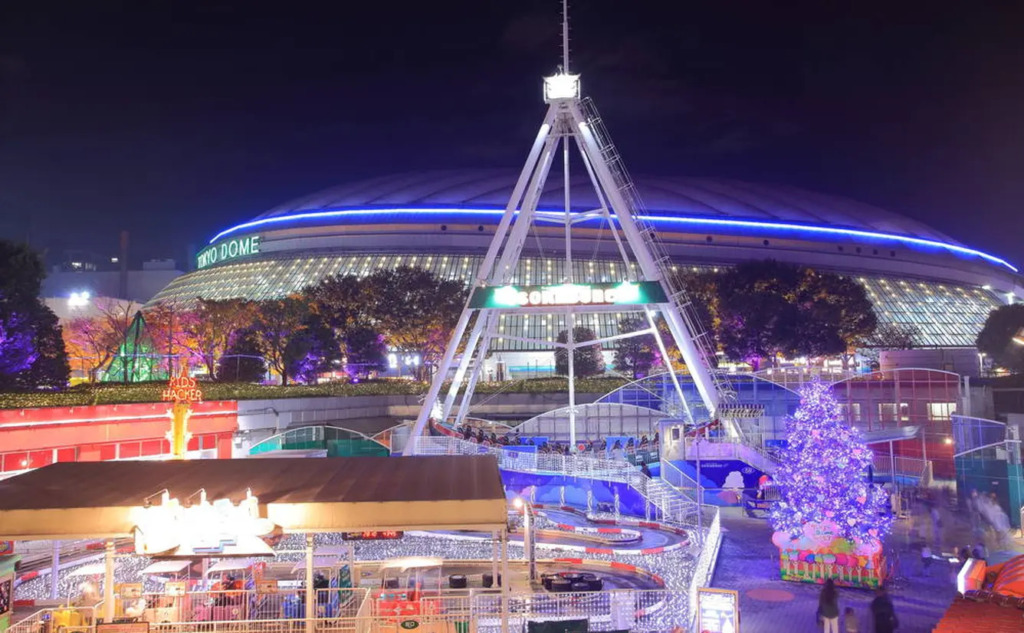
This is an annual illumination event held around Tokyo Dome from late November to late February. Each year a different themed illumination experience is offered. In past years, the event has entertained with a giant tree and collaborations with Godzilla and comedy.
Shinjuku Minami Lumi
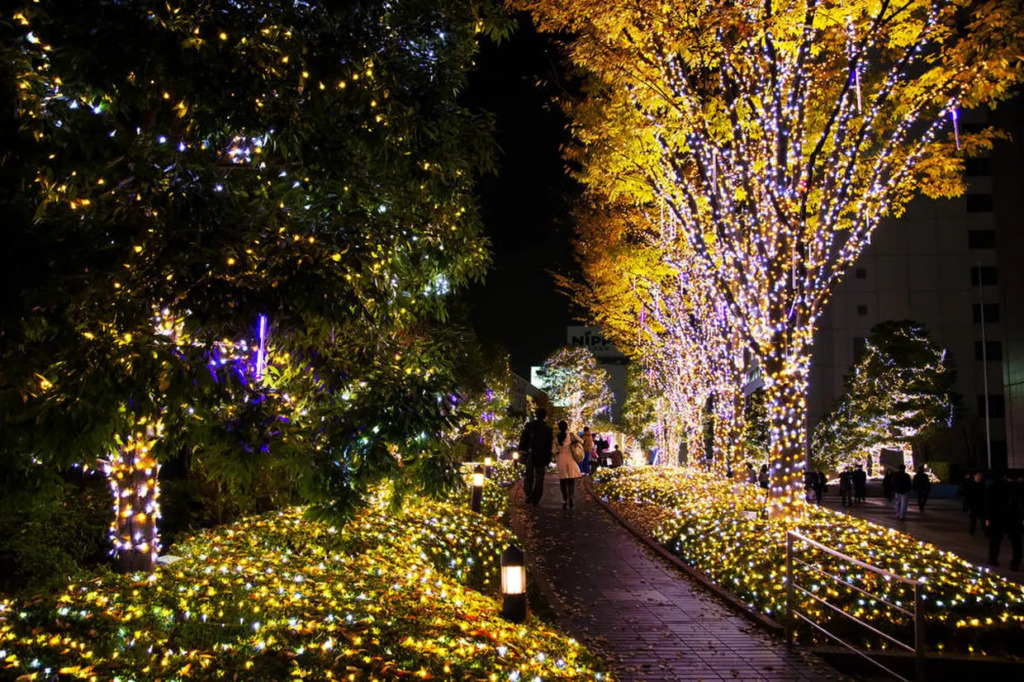
The entire Shinjuku south exit area is illuminated from mid-November to mid-February every year. There are various objects that sparkle and shine, making it a popular photo spot.
Comments from the Holiday Editors
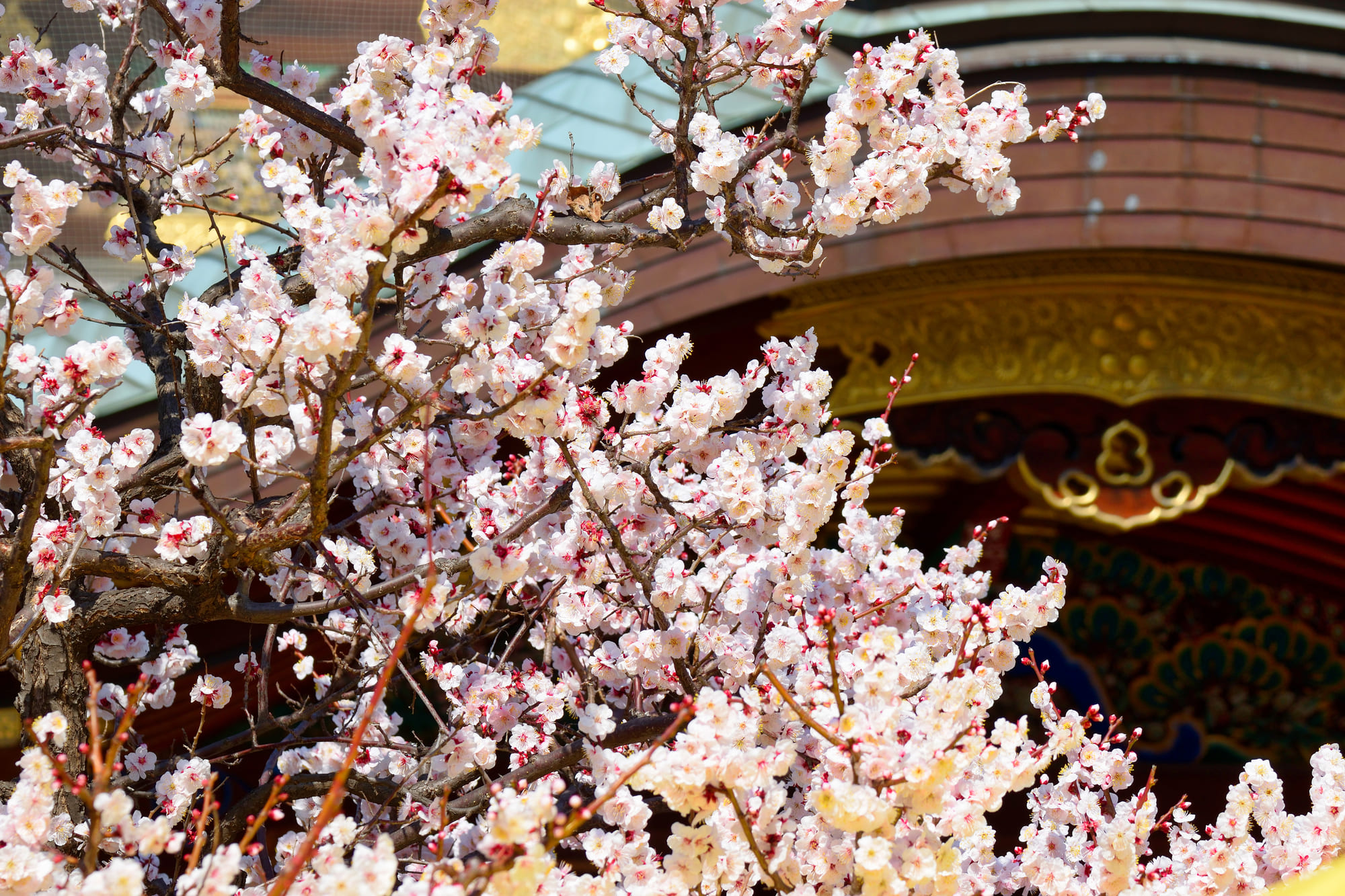
There are many seasonal events in Tokyo. If your travel schedule allows, it would be fun to take part in one and experience the culture!
For those who want to know more about Tokyo
Capture your memories in Tokyo! Click here to book your private photoshoot experience.

